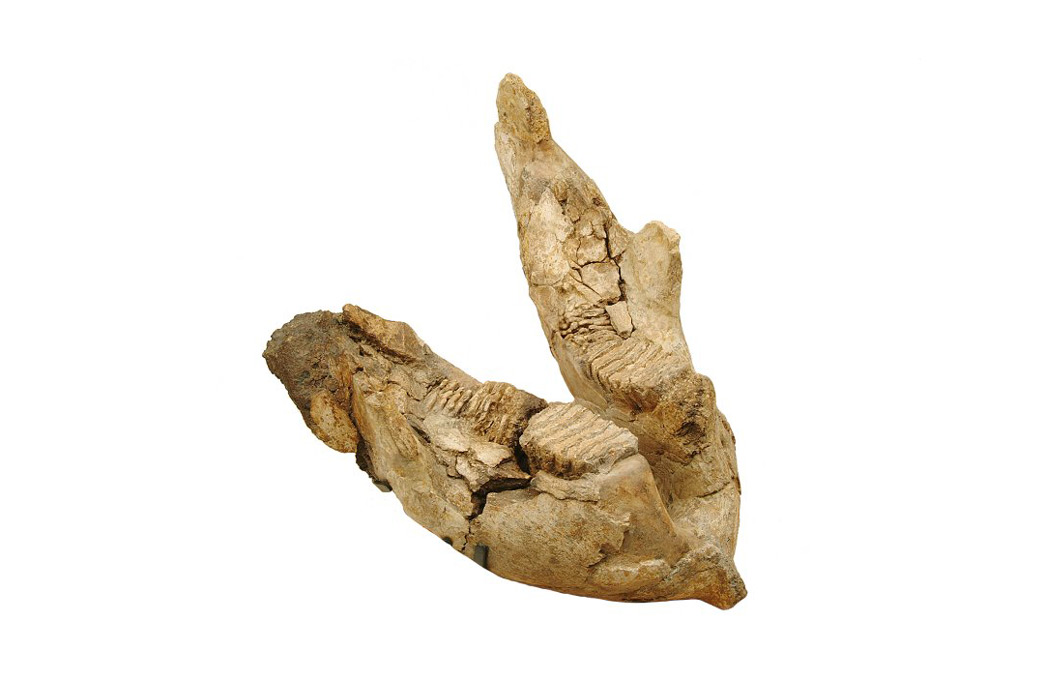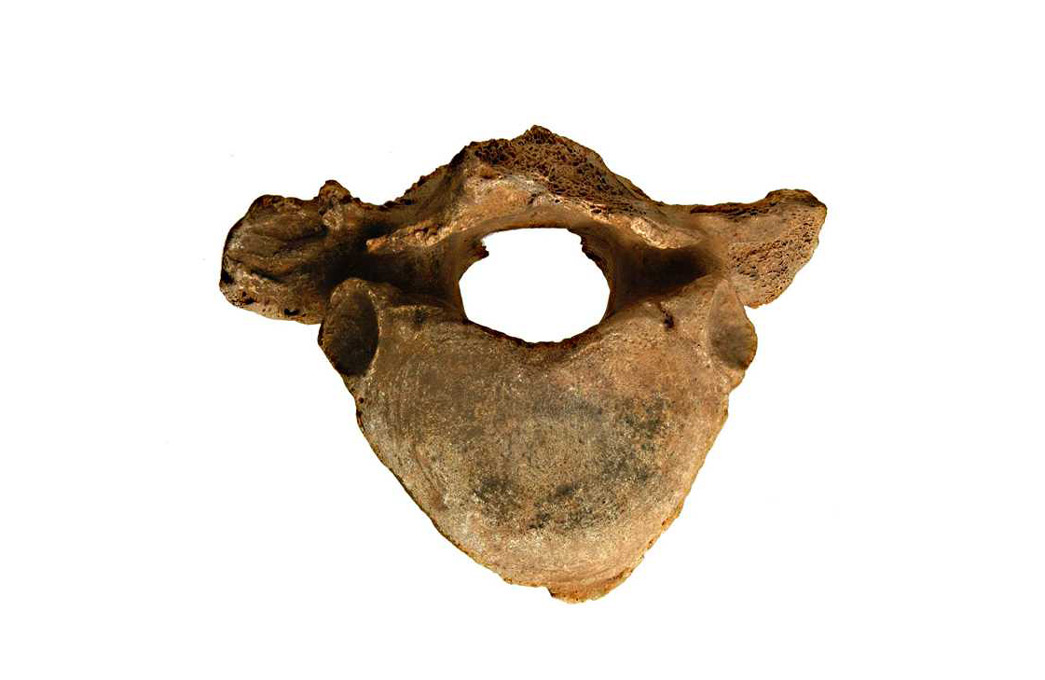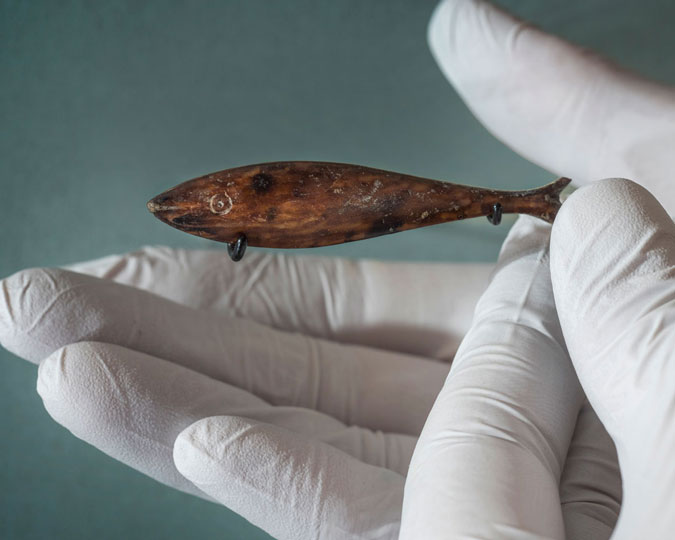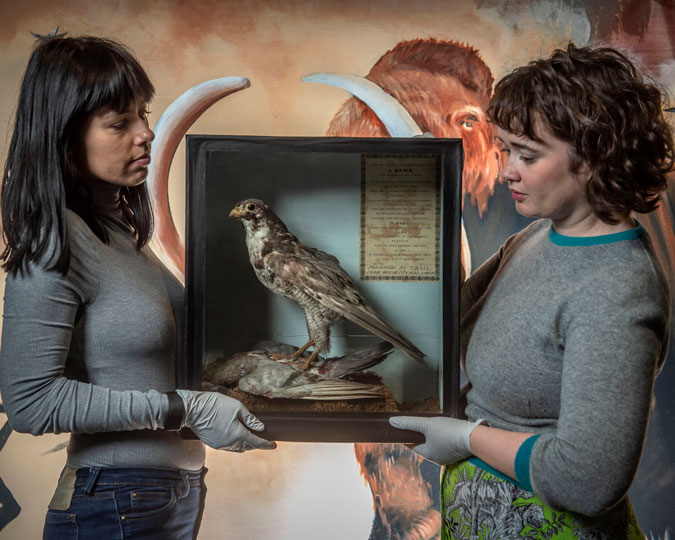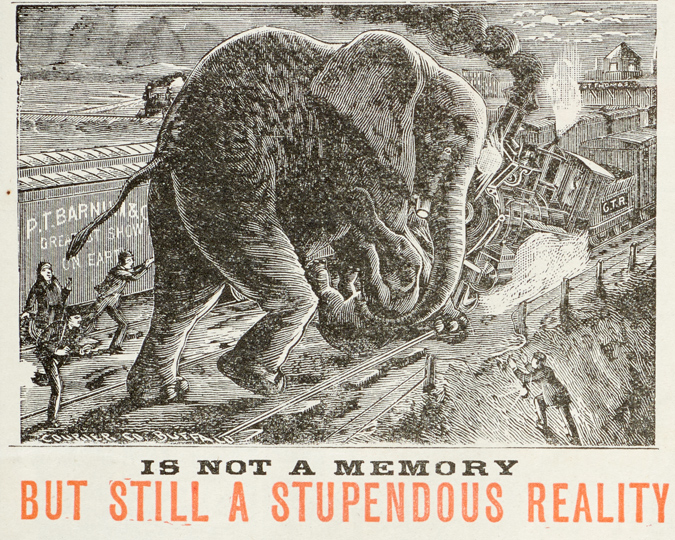Jackie Keily, curator of Roman and pre-history, shares stories of the extinct big beasts of London: mammoths, rhinos and hippos.
Today when we think of large animals roaming around London, we think of those who live in London Zoo, or of sculptures such as the lions in Trafalgar Square. But if we were to tumble back in time a hundred thousand or more years ago we would come face to face with some really big beasts: mammoths, rhinos and hippos. All of the beasts discussed in this article are currently on display at the Museum, either in our permanent London Before London gallery or as part of our Beasts of London exhibition, and all form part of the Museum of London’s collections.
Evidence for the large animals that lived here, have been recovered from right across London. Let’s start in the east, in Ilford, where some of the most famous of these big beasts have been found over the last 150 years. In total, at least 122 individual animals have emerged since 1824, from pits dug to extract clay for brick-making. They died around 200,000 years ago, probably drowning in a catastrophic flood that inundated the land. Among the animals found were brown bear, elephant, mammoth, giant deer, lion and aurochs (the ancestor of modern cattle). Most of the bones are in the collections of the Natural History Museum, but two, part of a jaw and a tusk from woolly mammoths, were donated to the Museum of London in 1913 and are on display in the London Before London gallery.
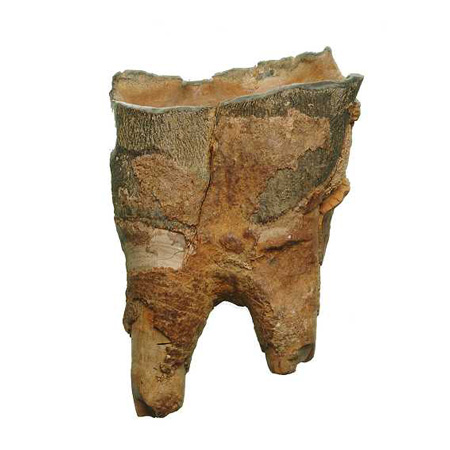
According to specialists from the Natural History Museum, the jaw is the lower jawbone of a middle-aged adult woolly mammoth, with un-erupted teeth at the back, while the tusk is from an individual who was probably quite young at death.
Moving westwards, to the City of London, there is evidence for rhinoceros. A tooth on display in the London before London gallery was found at the site of the Old Bailey in the City of London. It dates to 60,000 to 24,000 BC.
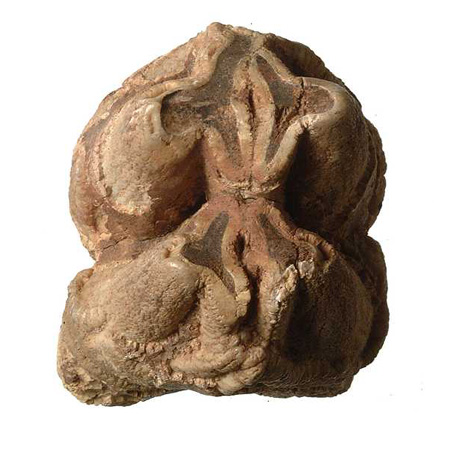
And from the West End, is a vertebra from a hippopotamus, found in deposits at Waterloo Place, Lower Regent Street that have been dated to c. 130,000 to 110,000 BC.
Further west again, In Brentford, there is a hippopotamus tooth, a molar, which was found at Avenue Road, Brentford.
The presence of hippopotami indicates that the climate was more temperate with mild winters and warm summers.
Like hippos today, Palaeolithic hippos lived by rivers with adjacent grassland and so their presence indicates that the winters were warm enough for rivers to remain unfrozen.
Finally, if you visit our Beasts of London exhibition be sure to look out for the remains of another beast from west London, again from Brentford, a woolly mammoth dating to around 200,000 years ago. All that remains of this one is part of its jaw. But the size of the jaw and the fact that it contains a milk tooth tells us that this was a young animal when it died.
You can find out more about the giant beasts that roamed London in the distant past by visiting our London Before London permanent gallery and our Beasts of London exhibition.








